Use of Directional Cues to boost Conversions and Enhance User Experience
September 25, 2015

User experience is the main factor that one must consider when it comes to developing an amazing website design. Designers are constantly in search of the ways to enhance user experience. Some are able to find the answer while some are not.
Several types of tricks are used by designers to improve the user experience however some may fail or some may work. Today, we are going to discuss about an amazing tip that will surely help you to boost your user experience.
And this important trick is the use of directional cues. What are these directional cues and how can these be utilized to develop a perfect website design?
Using Directional Cues to Improve User Experience
Before understanding the use of these cues let’s have a brief knowledge about what these are and how are these important?
So, Directional cues are elements that are available in various shapes and sizes, these are both explicit as well as implicit. These can be:
- Arrows
- Fingers pointing
- Eye direction
- Lines
- Curves
A perfect example of the usage of directional cues is as follows:
This is the landing page of a website known as Salesforce. Here, the use of directional cues is done to redirect the users’ attention to the short web form in case he/she is not willing to sign up with any of the social accounts. Such type of designs can actually keep the users stuck to your website.
Types of Directional Cues:
There are two types of directional cues Implicit and explicit. Implicit ones are: Colour, repetition of size, shape and colour and last but not the least hierarchy.
These are used based on the purpose for which the web page is designed. Every page has its own goal may be getting visitors, asking users to sign up or subscribed to something. When the purpose is not understood, the page navigation may not be implemented properly.
Sometimes it is too much cluttered or sometimes it is completely messed up resulting into bad user experience. When the users receive cues that clearly state the purpose of the page then this helps to improve the user experience.
Clearly defined purpose removes the confusion and frustration and replaces it with confidence as well as efficiency which can only occur if there’s great planning, organization and design.
You might notice some directional cues which prompt visitors to actually read the content. This makes users easy to understand the purpose of the page.
Brief Note: Don’t underestimate the power of directional cues when it comes to Web Design. These are very beneficial for every page and these proved completely useful in enhancing the user experience as well as increasing the conversion rates.
This means users are completely aware as to why they are visiting your site. These are the return visitors who had visited your site previously. Hence, one must include such directional cues which are easy to use and understand.
Wind Up
Your website must suggest users what they need to do and this is what these cues exactly do. Help your clients to get better conversion rates by using appropriate directional cues in their web design.
For more such details, stay connected with Softqube Technologies, Web Design India.
Share on







